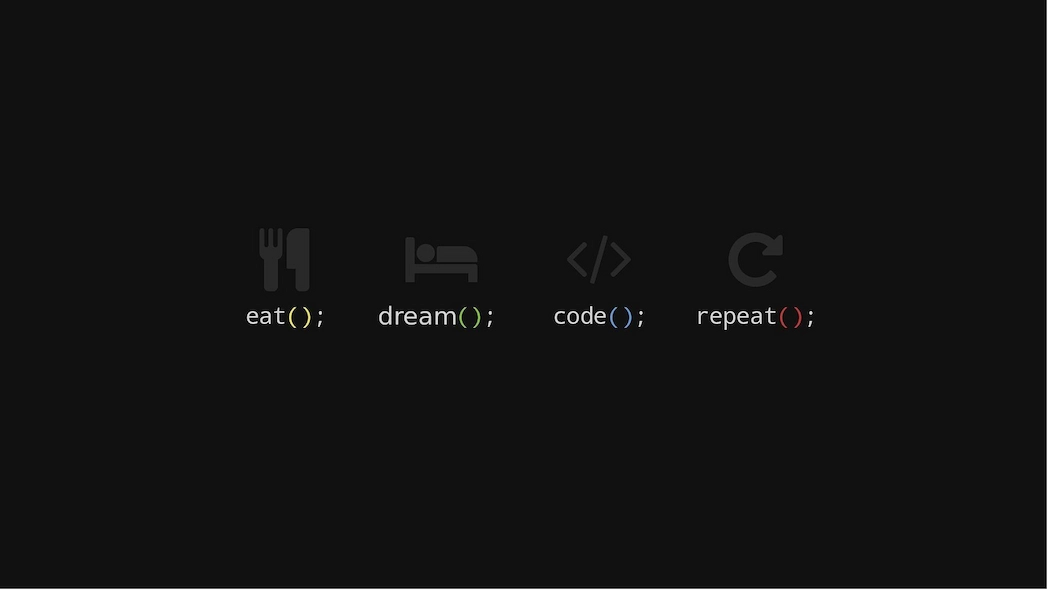


Perl Compatible Regular Expressions (PCRE) are a type of regular expression syntax and engine that follows the powerful and flexible style of the Perl programming language. They offer advanced features that go beyond the basic regular expressions found in many older systems.
Perl was one of the first languages to introduce highly expressive regular expressions. The PCRE library was created to bring those capabilities to other programming languages and tools, including:
Python (similar via the re module)
JavaScript (with slight differences)
pcregrep (a grep version supporting PCRE)
Editors like VS Code, Sublime Text, etc.
✅ Lookahead & Lookbehind:
(?=...) – positive lookahead
(?!...) – negative lookahead
(?<=...) – positive lookbehind
(?<!...) – negative lookbehind
✅ Non-greedy quantifiers:
*?, +?, ??, {m,n}?
✅ Named capturing groups:
(?P<name>...) or (?<name>...)
✅ Unicode support:
\p{L} matches any kind of letter in any language
✅ Assertions and anchors:
\b, \B, \A, \Z, \z
✅ Inline modifiers:
(?i) for case-insensitive
(?m) for multiline matching, etc.
(?<=\buser\s)\w+This expression matches any word that follows "user " using a lookbehind assertion.
PCRE are like the "advanced edition" of regular expressions — highly powerful, widely used, and very flexible. If you're working in an environment that supports PCRE, you can take advantage of rich pattern matching features inspired by Perl.